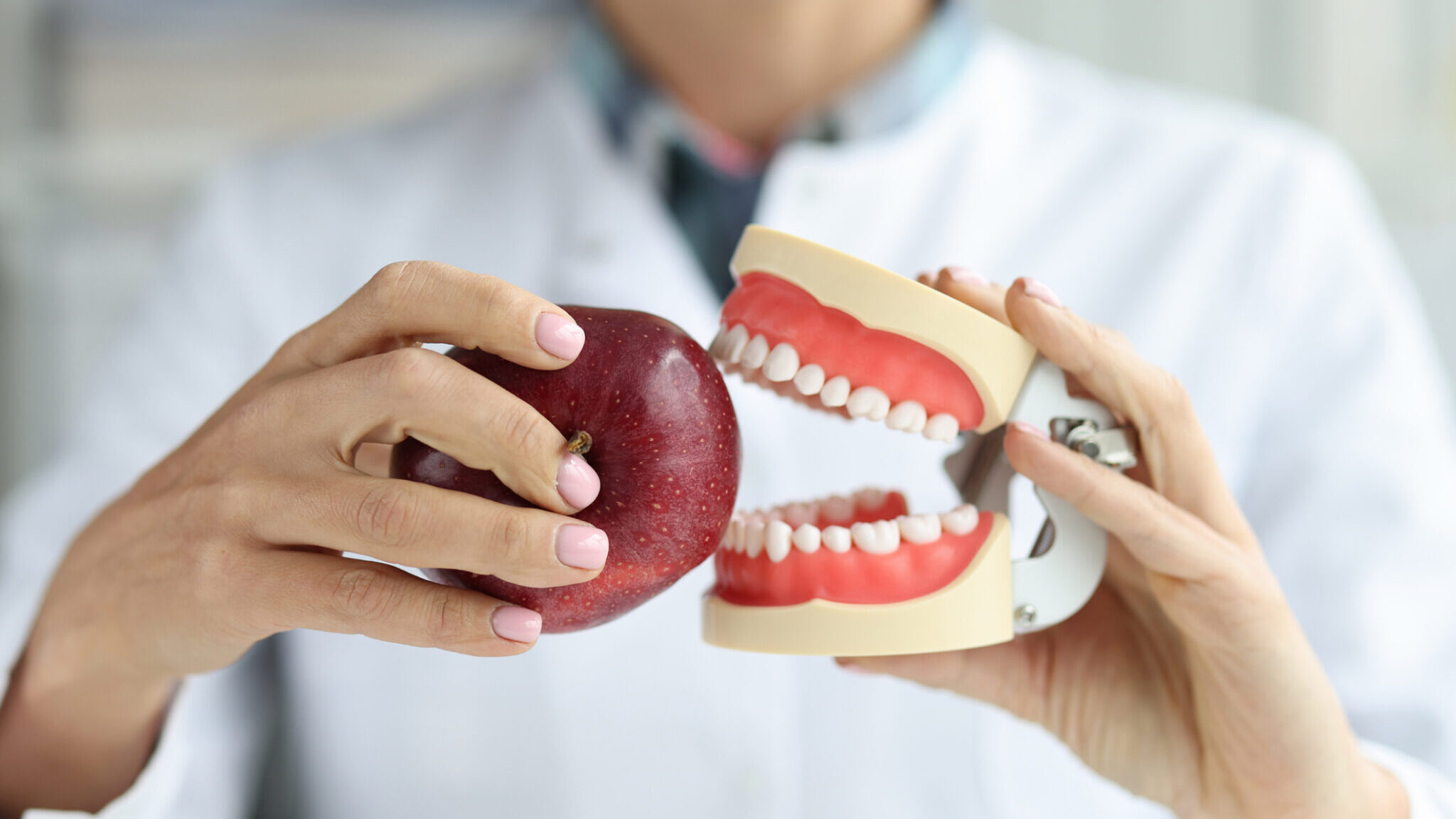On January 30, 2020, the World Health Organization (WHO) declared a “public health emergency of international concern”, meaning that it considers the emergence of novel coronavirus “an extraordinary event” posing a “public health risk … through the international spread of disease”. The WHO’s unsettling announcement arrived the same week the first few cases of Coronavirus were reported in Canada.
While the impact on the health of Canadians has been (so far) close to nil, fear of this disease has manifested in unproductive ways. On January 27, 2020, the CBC reported “major medical supply stores in Winnipeg” were “sold out of the N95 face mask”, despite Manitoba’s provincial spokesperson stating, it was not clear there was “any significant benefit to wearing masks … in the community setting.” More concerning, the Guardian newspaper reported, “nearly 9,000 parents in the York school district … signed a petition demanding students who had traveled to China in the last 17 days be prevented from attending school.” One petitioner wrote, “Stop the spread and quarantine yourselves or go back.”
Fear of the unknown is real. As a healthcare professional, it’s your job to respond with knowledge and provide evidence-based advice. Patients look to healthcare providers, such as dentists, for guidance, information and reassurance. The following tips will help practice team members to meet their professional duties and ensure that novel coronavirus—and the fear surrounding it—does not jeopardize the health or wellbeing of their patients.
- Keep things in perspective.
Despite the WHO’s announcement, Public Health Ontario has consistently advised “the risk to Ontarians is considered low” and BC Centre for Disease Control echoed that sentiment, “the risk to British Columbians continues to be low.” Apart from BC and Ontario, no Canadian province or territory has confirmed a single case. Additionally, no deaths from coronavirus have been reported outside of China, and most of the deaths in China involved patients with other diseases or health complications. As an oral health professional, it is important to not let fear or misinformation override the public health advice of our nation’s experts.
- Understand what Coronavirus is and know how to recognize its symptoms.
On December 31, 2019, a cluster of cases of pneumonia was reported in Wuhan, China. Eventually, medical personnel attributed the cause to a virus not previously identified in humans. This virus is now known as the 2019 Novel Coronavirus or 2019-nCoV. Novel coronavirus belongs to a large family of viruses ranging from the common cold to more severe diseases.
Symptoms of novel coronavirus include fever, shortness of breath, cough and difficulty breathing. In more severe cases—usually involving the elderly, immunocompromised or those with significant comorbidities—pneumonia, acute respiratory syndrome, kidney failure and death can occur. This sounds frightening; however, influenza viruses pose a far more serious threat to the health of your staff and patients.
- Focus on preventing infection and follow your regulatory body’s IPAC guidelines.
The same practices that prevent the spread of influenza—which should be part of a dental clinic’s standard operations—also prevent the spread of coronavirus. One of the best ways to prevent transmission of viral infections (both flu and coronavirus) is to practice regular hand hygiene and proper cough etiquette. All members of the practice team should use hand sanitizer before and after interactions with patients or dental equipment. Hand washing also limits the risk of contracting or spreading a viral infection. Practices should conspicuously post signs on hand hygiene and cough etiquette as reminders to staff, patients, and guests.
- Ensure the appropriate use of PPE.
Oral health professionals who provide care to patients with respiratory illnesses should know how and when to use N95 disposable respirators and surgical masks. Clinicians and staff should also know how and when to use sterile gloves. Therefore, all members of the practice team should understand how to put on (don) and take off (doff) PPE to avoid accidental self-contamination; for example, between each glove change and between any contact with others, team members should refrain from touching their face, eyes or lips.
- Screen patients and staff for upper respiratory infections.
During any flu season, practices should screen for signs of acute respiratory infection. With vigilance and preparation, it is possible to eliminate potential exposures by deferring ill patients until their health improves, and where that is not feasible, requiring coughing or sneezing individuals to don a mask. Practices should take advantage of patient-reminder calls to identify patients reporting flu-like symptoms and reschedule nonurgent visits.
Presently, practices might consider a more detailed screening. Ontario’s Ministry of Health, for one, has requested primary care providers, including dentists, to screen for patients presenting with fever, new onset of a cough or difficulty breathing, and any of the following:
- Travel to Hubei Province, China in the 14 days before the onset of illness; OR
- Close contact with a confirmed or probable case of 2019-nCo; OR
- Close contact with a person with acute respiratory illness who has been to or from Hubei Province, China in the 14 days before their symptoms.
If a patient screens positive for coronavirus, the local dental regulatory authority or public health agency can provide advice on what steps to take and whether a formal report is required.
About the Authors

 Elaine and Jaime are registered dental hygienists who work closely together as practice auditors on dentalcorp’s Compliance team. Together they bring over 60 years of oral health care experience in clinical, regulatory, and educational capacities. They are passionate about infection prevention control and assisting practices in providing safe and effective patient care.
Elaine and Jaime are registered dental hygienists who work closely together as practice auditors on dentalcorp’s Compliance team. Together they bring over 60 years of oral health care experience in clinical, regulatory, and educational capacities. They are passionate about infection prevention control and assisting practices in providing safe and effective patient care.












